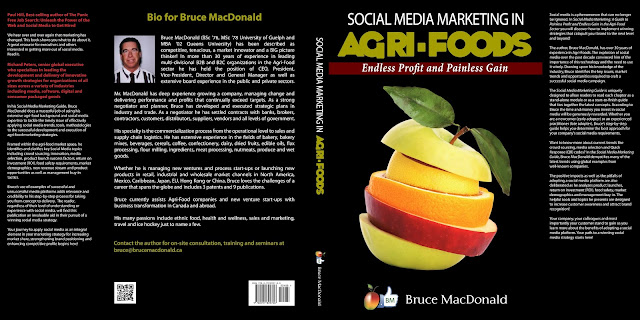20 QUESTIONS ON GENETICALLY MODIFIED (GM) FOODS PART 2
Published in WHO
Q4. How are the potential risks to human health determined?
The safety assessment of GM foods generally investigates: (a) direct health effects (toxicity), (b) tendencies to provoke allergic reaction (allergenicity); (c) specific components thought to have nutritional or toxic properties; (d) the stability of the inserted gene; (e) nutritional effects associated with genetic modification; and (f) any unintended effects which could result from the gene insertion.
Q5. What are the main issues of concern for human health?
While theoretical discussions have covered a broad range of aspects, the three main issues debated are tendencies to provoke allergic reaction (allergenicity), gene transfer and outcrossing.
Allergenicity. As a matter of principle, the transfer of genes from commonly allergenic foods is discouraged unless it can be demonstrated that the protein product of the transferred gene is not allergenic. While traditionally developed foods are not generally tested for allergenicity, protocols for tests for GM foods have been evaluated by the Food and Agriculture Organization of the United Nations (FAO) and WHO. No allergic effects have been found relative to GM foods currently on the market.
Gene transfer. Gene transfer from GM foods to cells of the body or to bacteria in the gastrointestinal tract would cause concern if the transferred genetic material adversely affects human health. This would be particularly relevant if antibiotic resistance genes, used in creating GMOs, were to be transferred. Although the probability of transfer is low, the use of technology without antibiotic resistance genes has been encouraged by a recent FAO/WHO expert panel.
Outcrossing. The movement of genes from GM plants into conventional crops or related species in the wild (referred to as “outcrossing”), as well as the mixing of crops derived from conventional seeds with those grown using GM crops, may have an indirect effect on food safety and food security. This risk is real, as was shown when traces of a maize type which was only approved for feed use appeared in maize products for human consumption in the United States of America. Several countries have adopted strategies to reduce mixing, including a clear separation of the fields within which GM crops and conventional crops are grown.
Feasibility and methods for post-marketing monitoring of GM food products, for the continued surveillance of the safety of GM food products, are under discussion.
Q6. How is a risk assessment for the environment performed?
Environmental risk assessments cover both the GMO concerned and the potential receiving environment. The assessment process includes evaluation of the characteristics of the GMO and its effect and stability in the environment, combined with ecological characteristics of the environment in which the introduction will take place. The assessment also includes unintended effects which could result from the insertion of the new gene.
Q7. What are the issues of concern for the environment?
Issues of concern include: the capability of the GMO to escape and potentially introduce the engineered genes into wild populations; the persistence of the gene after the GMO has been harvested; the susceptibility of non-target organisms (e.g. insects which are not pests) to the gene product; the stability of the gene; the reduction in the spectrum of other plants including loss of biodiversity; and increased use of chemicals in agriculture. The environmental safety aspects of GM crops vary considerably according to local conditions.
Current investigations focus on: the potentially detrimental effect on beneficial insects or a faster induction of resistant insects; the potential generation of new plant pathogens; the potential detrimental consequences for plant biodiversity and wildlife, and a decreased use of the important practice of crop rotation in certain local situations; and the movement of herbicide resistance genes to other plants.
Check out my new e-book entitled: "Social Media Marketing in Agri-Foods: Endless Profit and Painless Gain"
The book is available on Amazon and Kindle for $4.99 USD. Visit amazon/Kindle to order now:
http://www.amazon.ca/Social-Media-Marketing-Agri-Foods-ebook/dp/B00C42OB3E/ref=sr_1_1?s=digital-text&ie=UTF8&qid=1364756966&sr=1-1
Thanks for taking the time


No comments:
Post a Comment